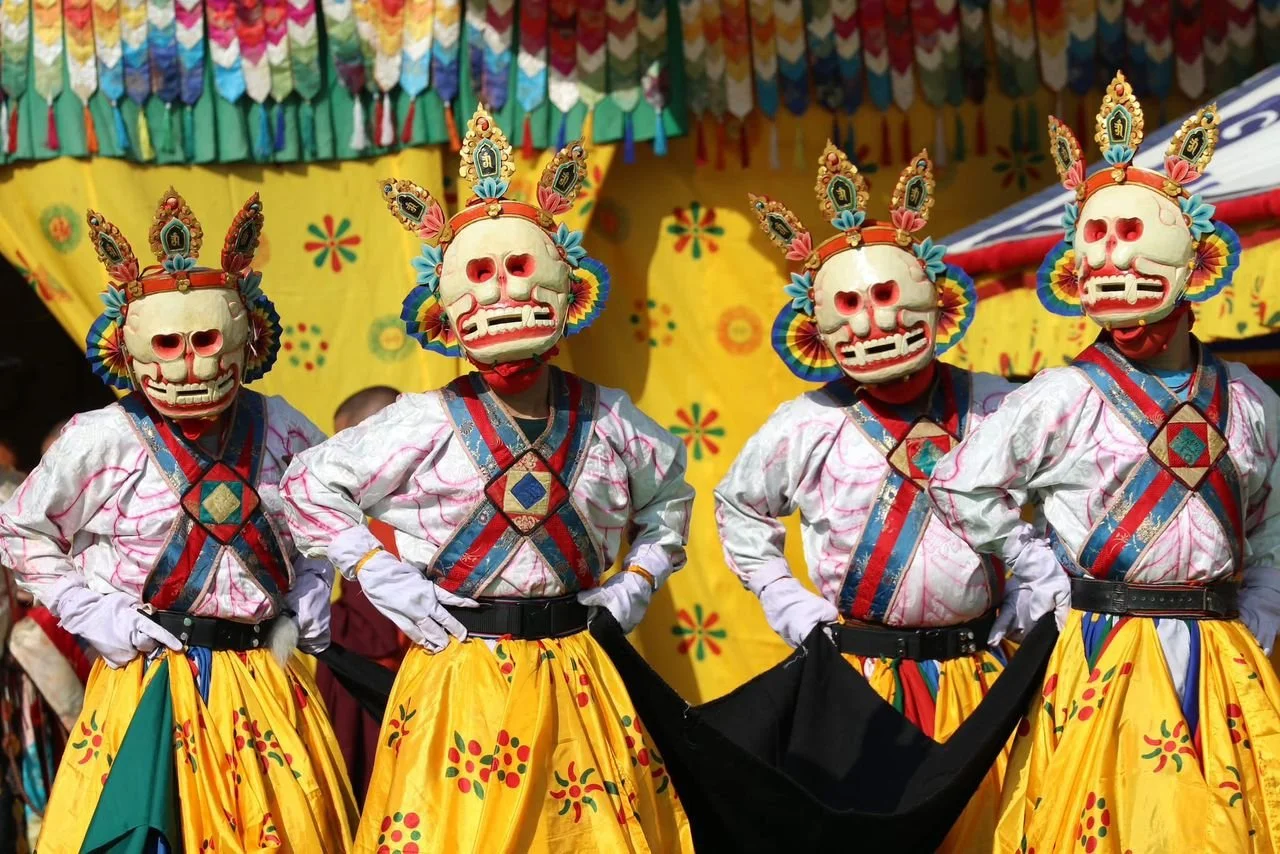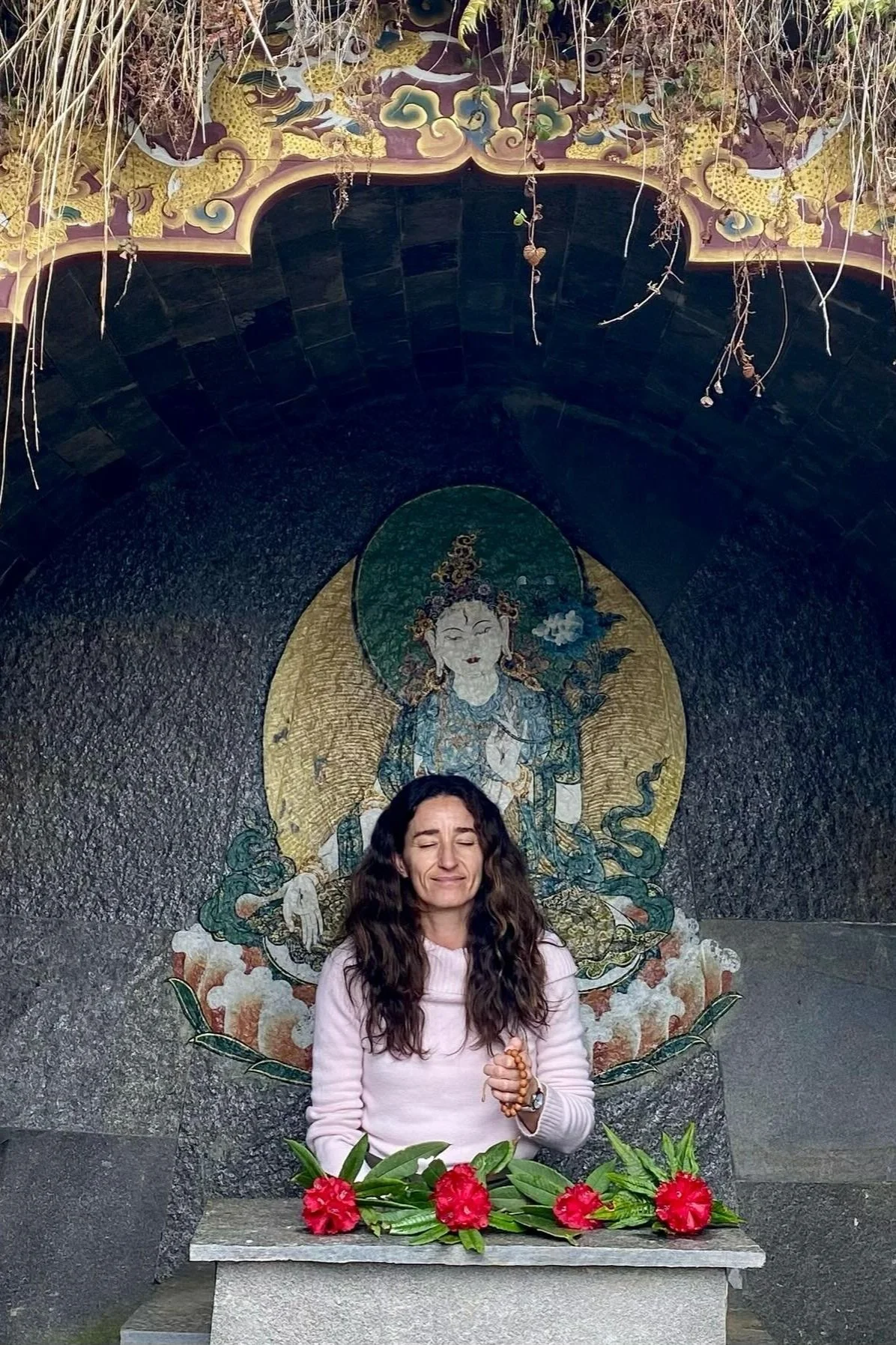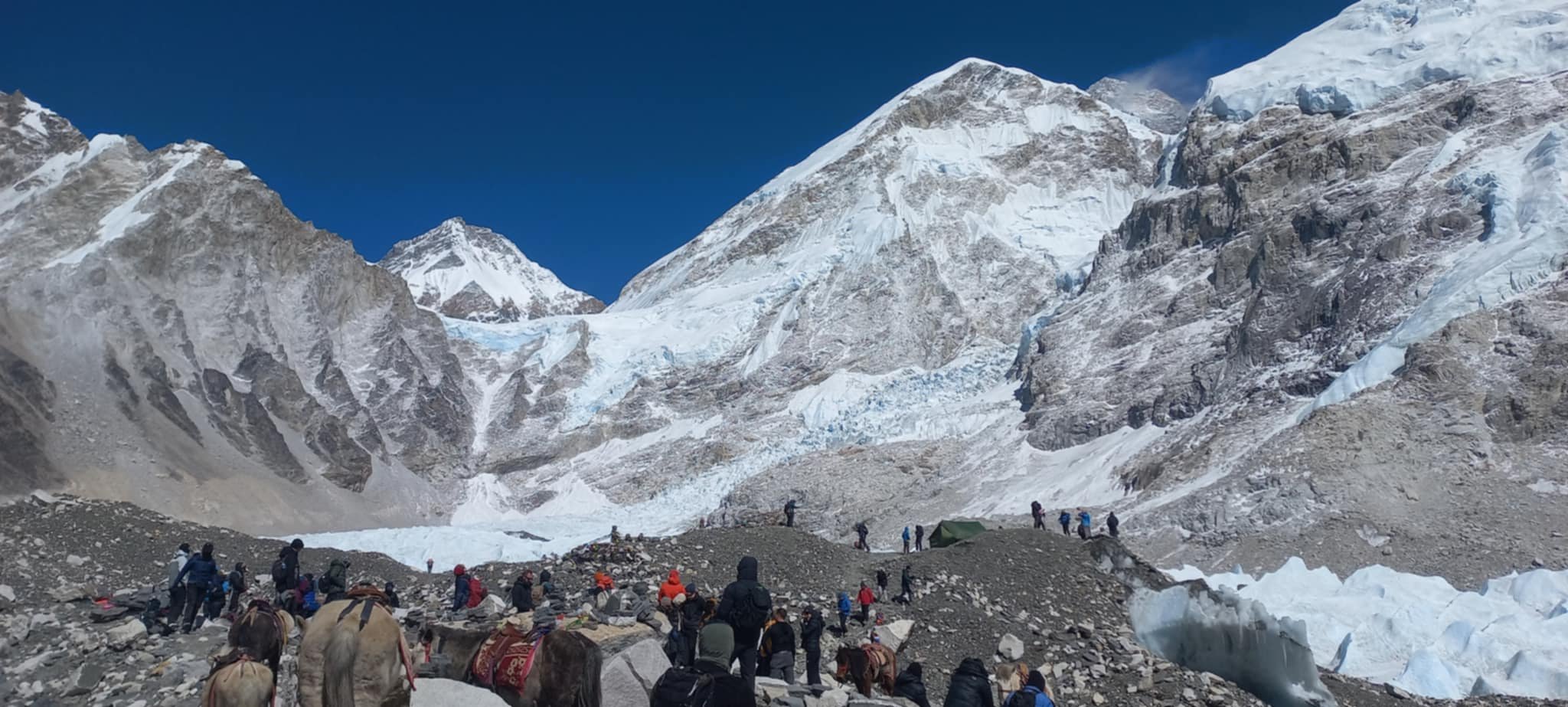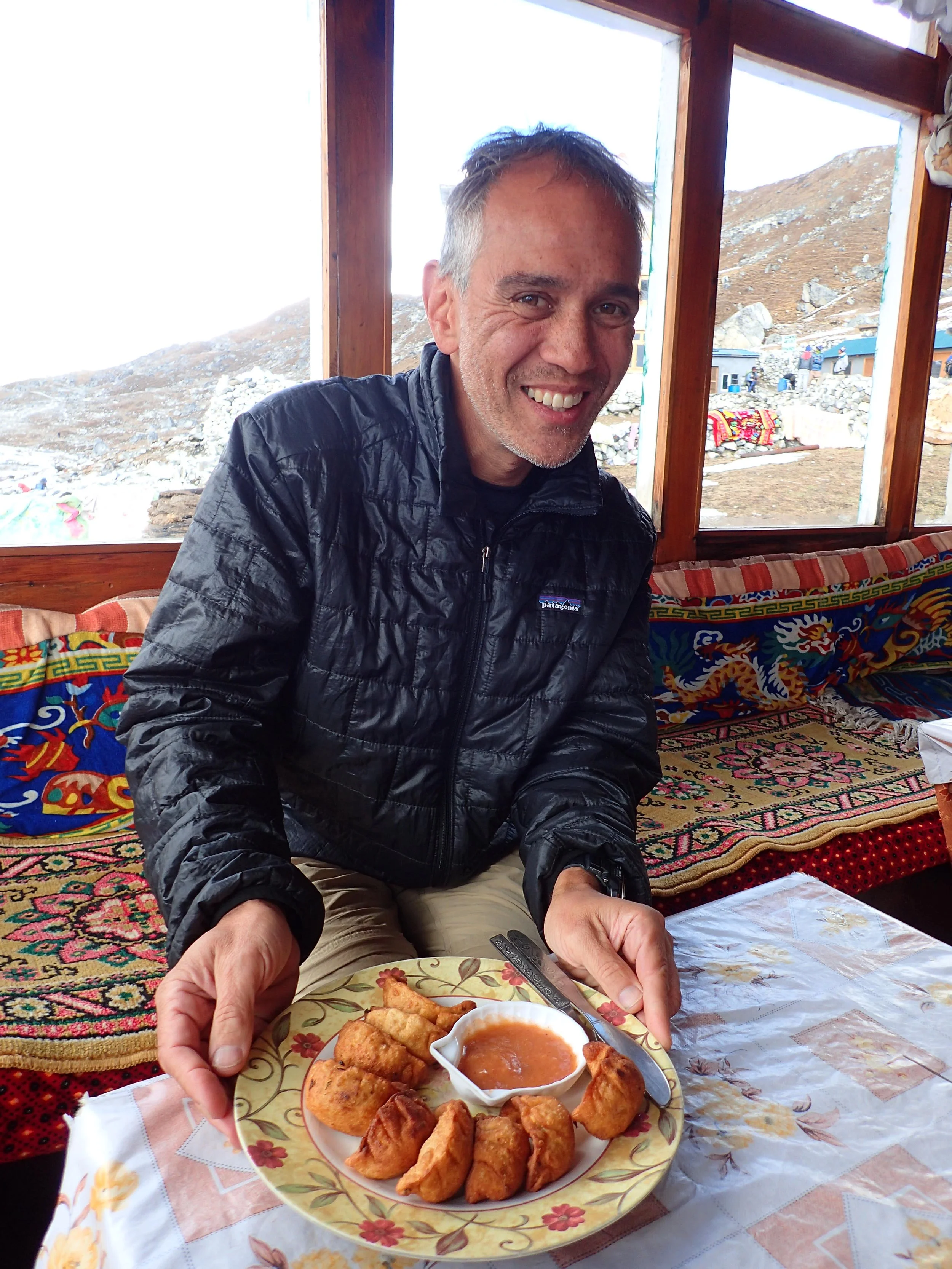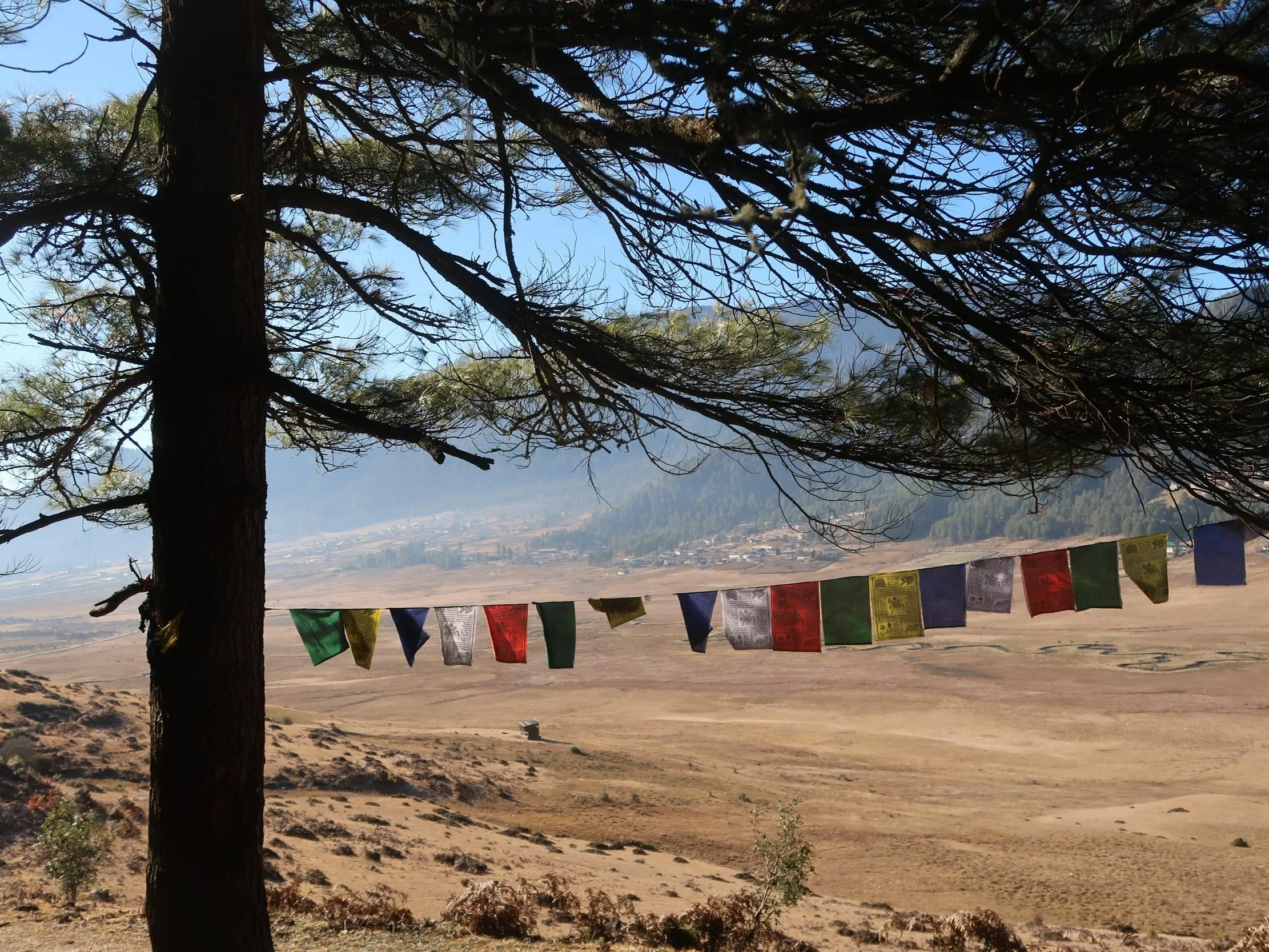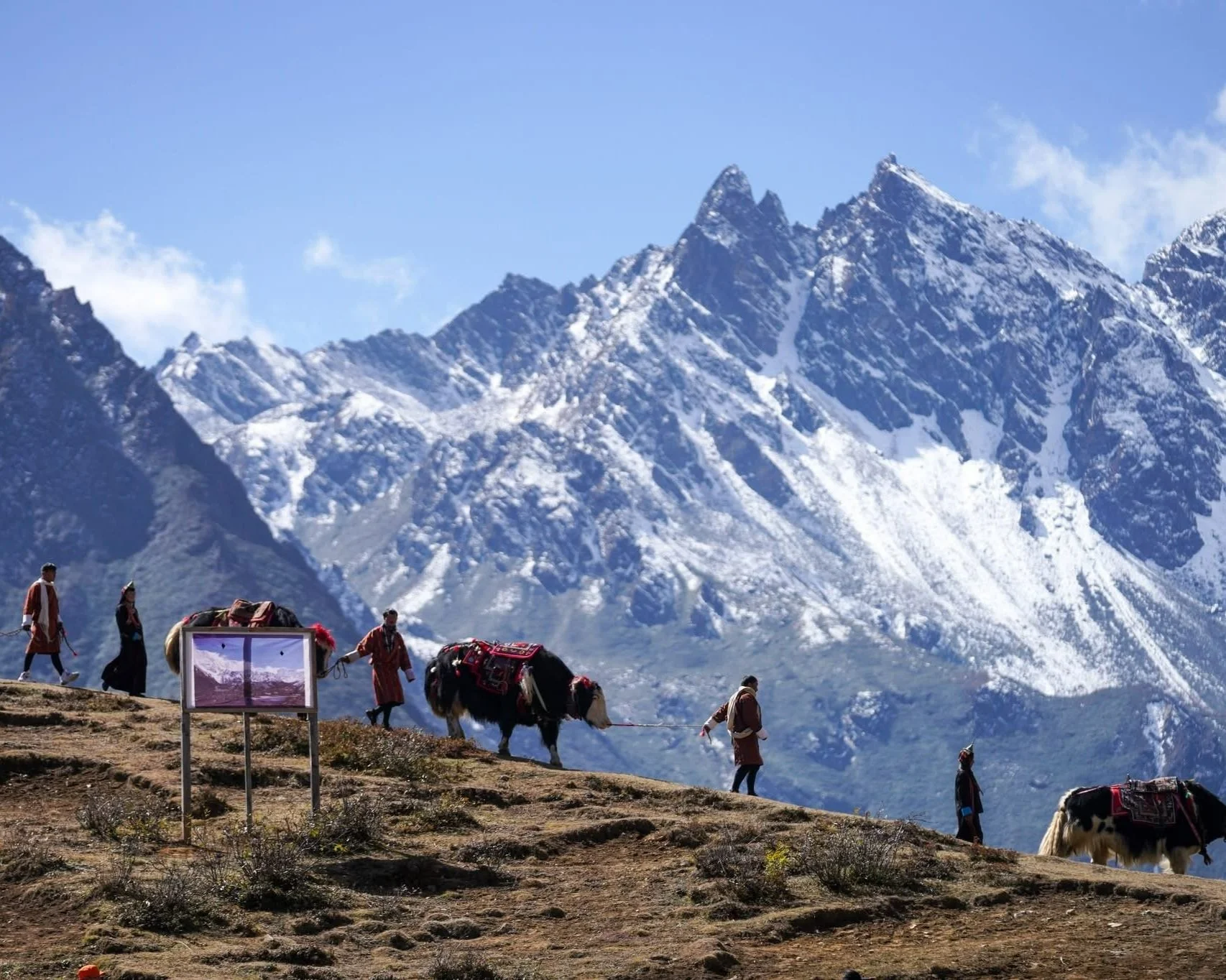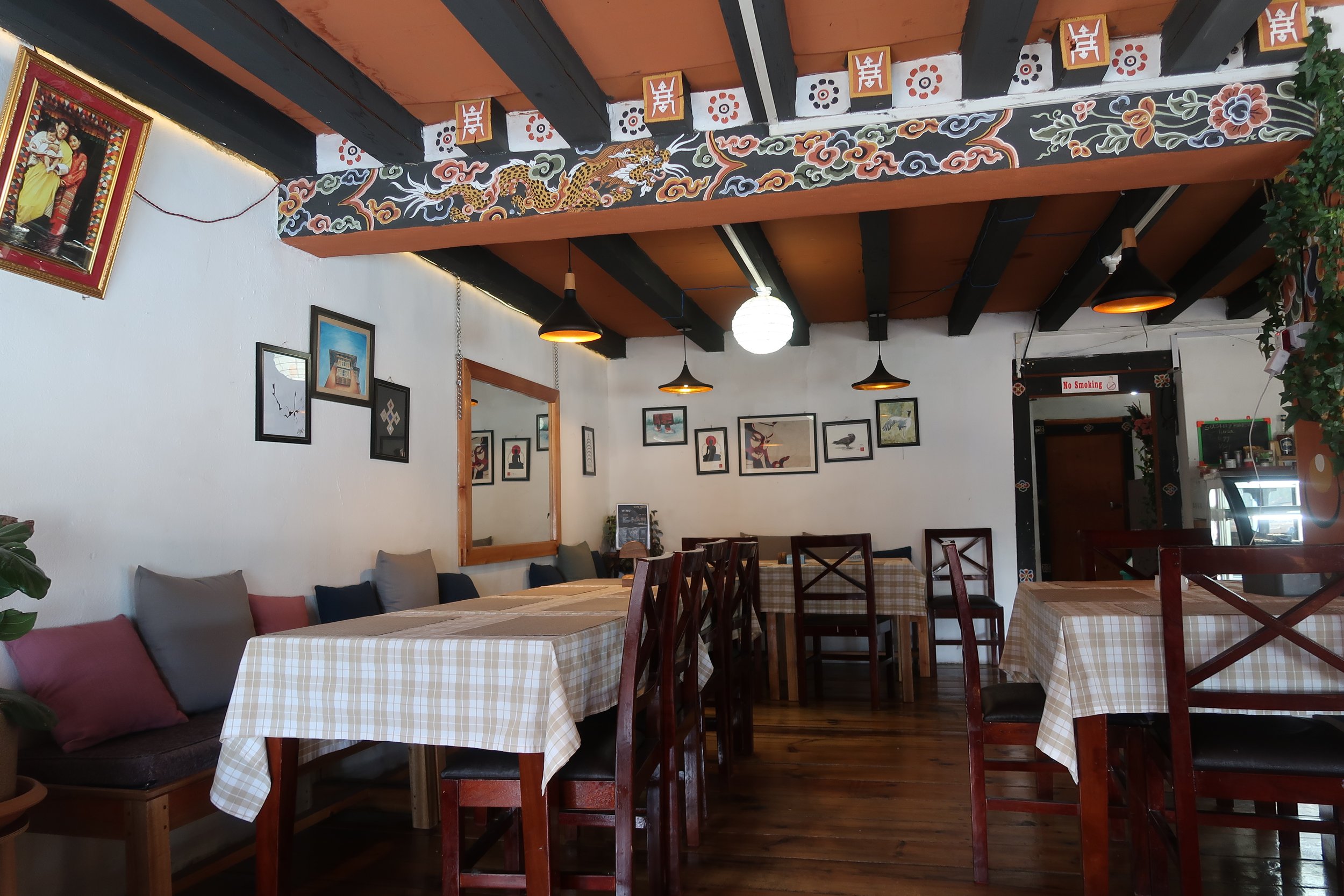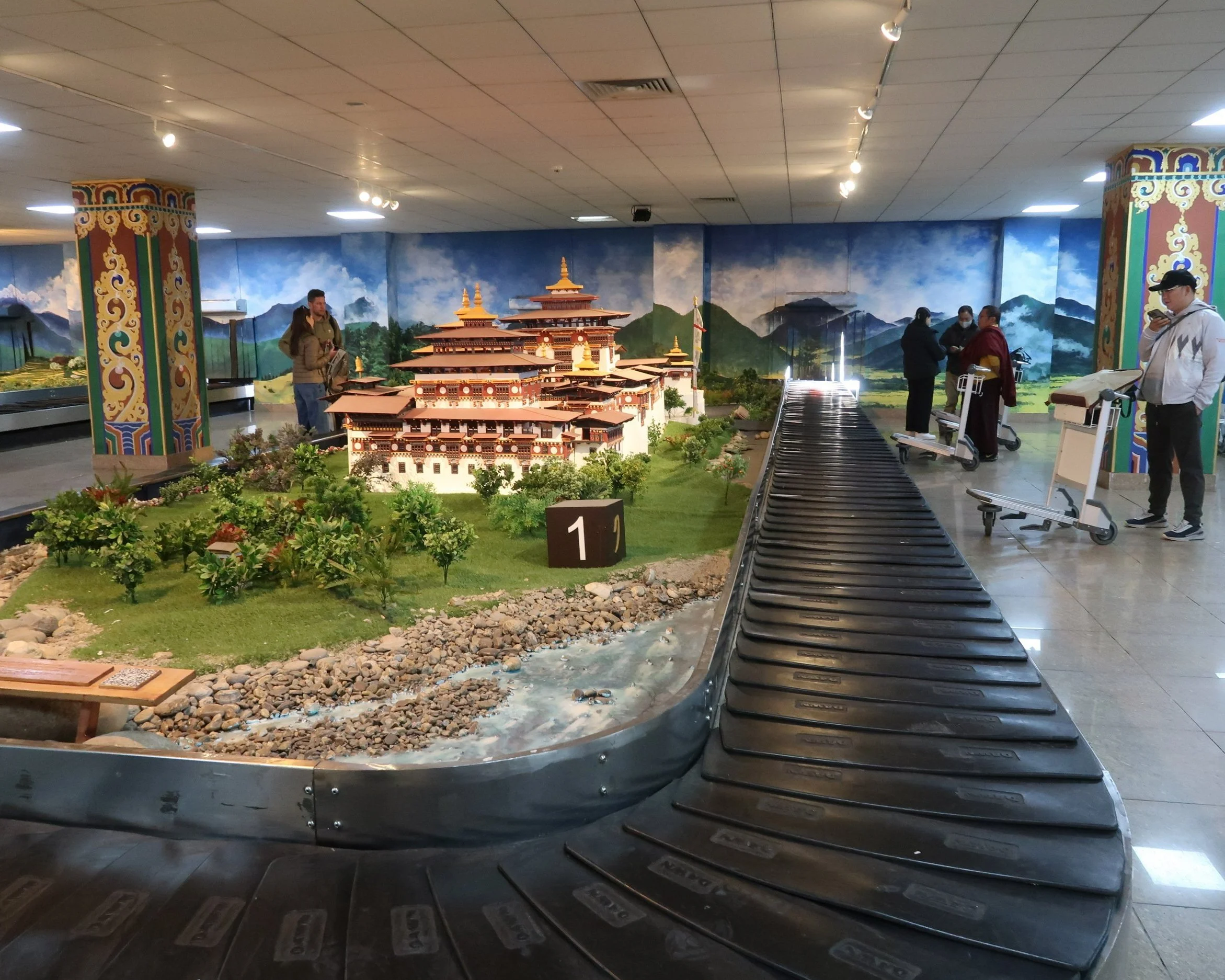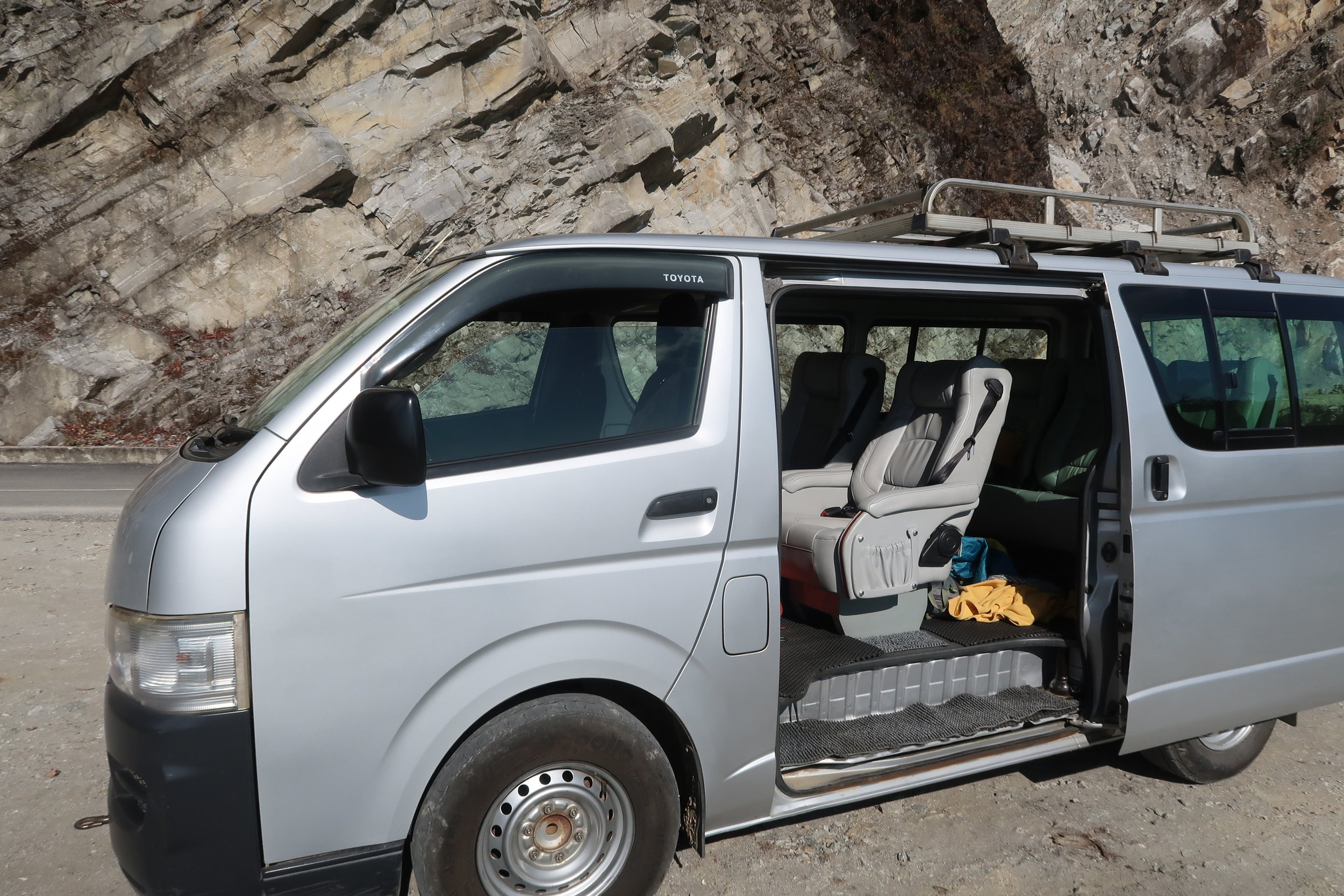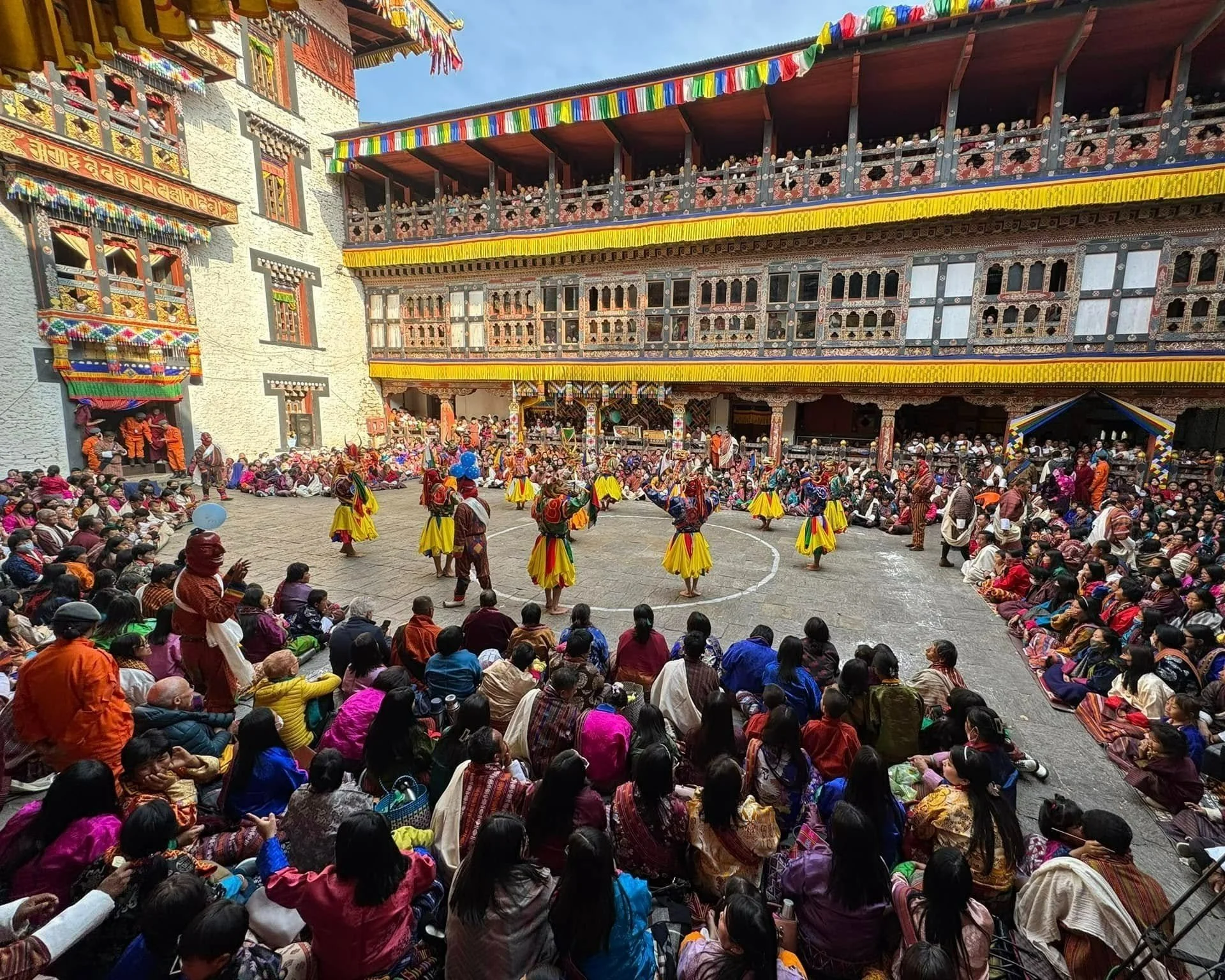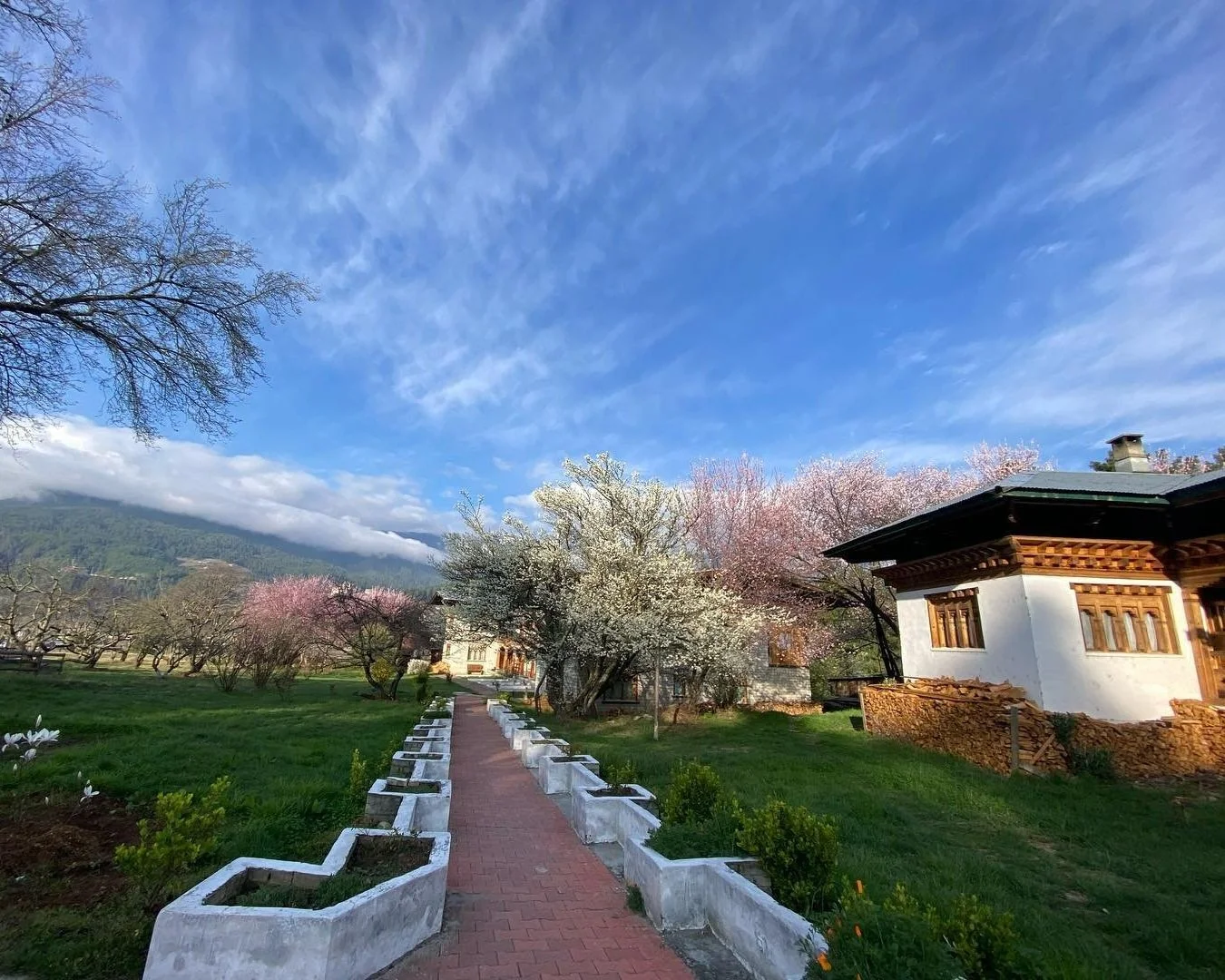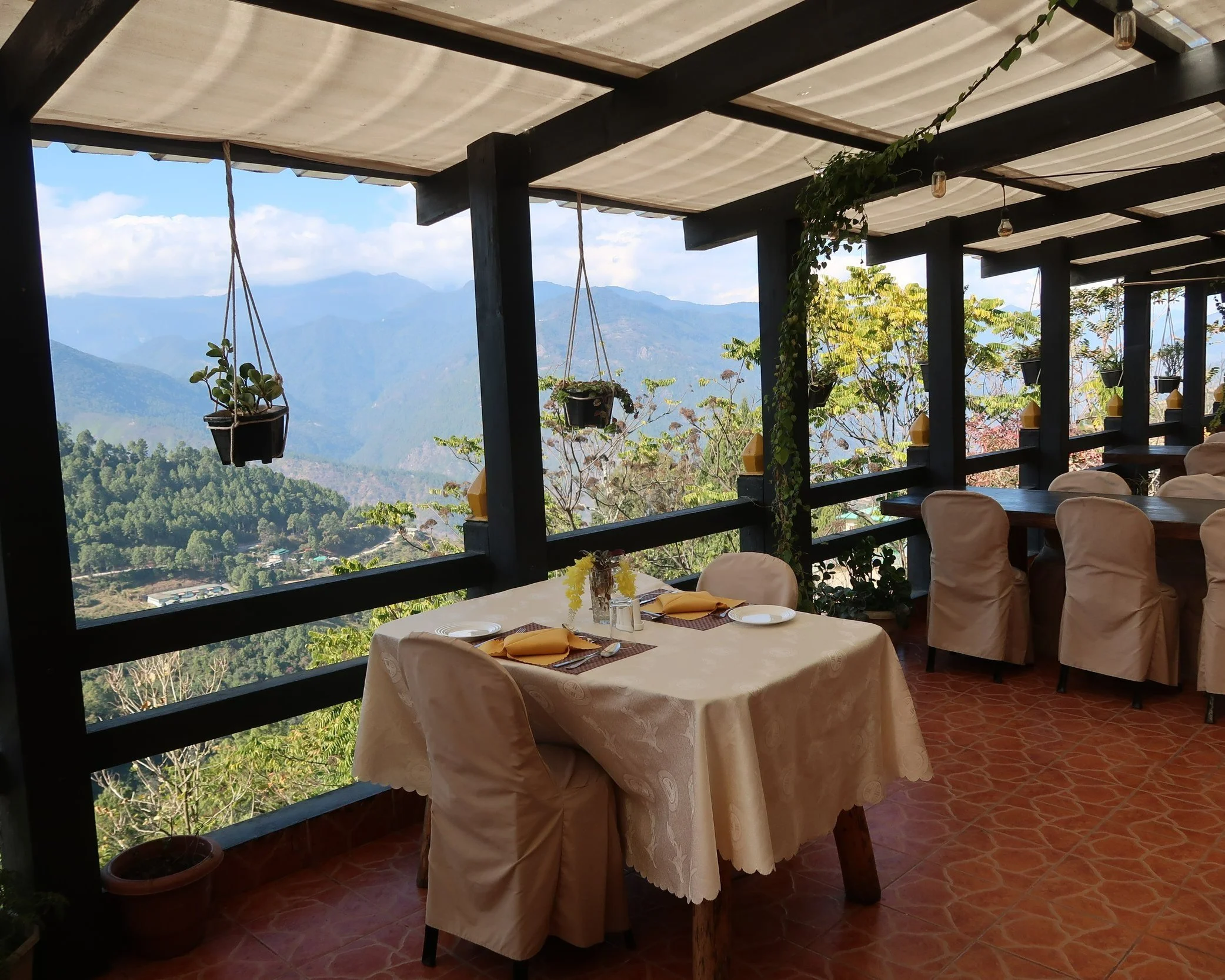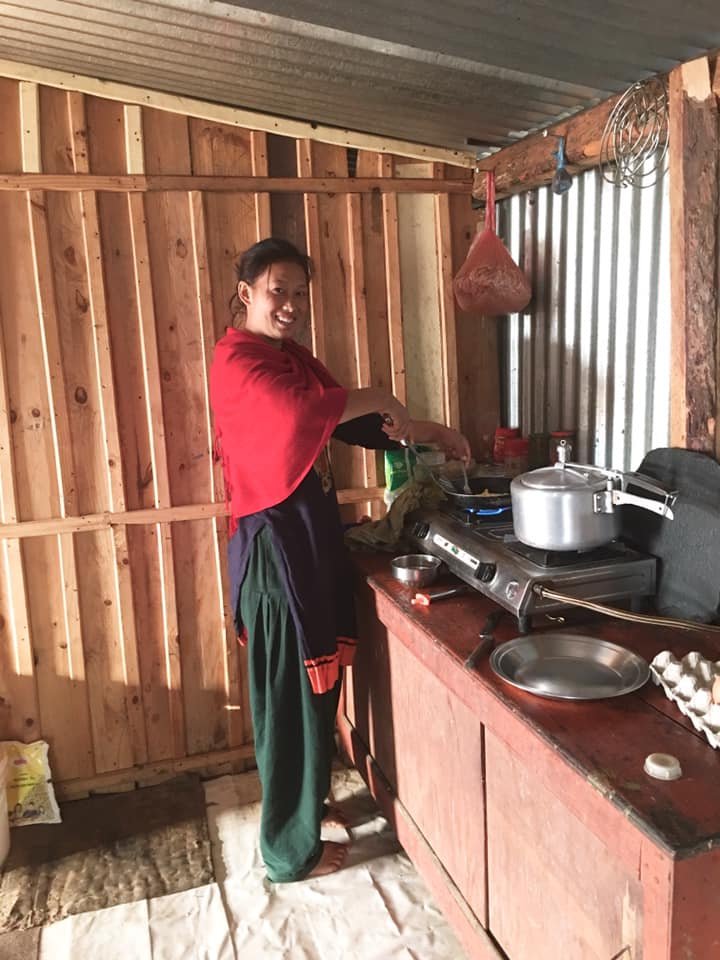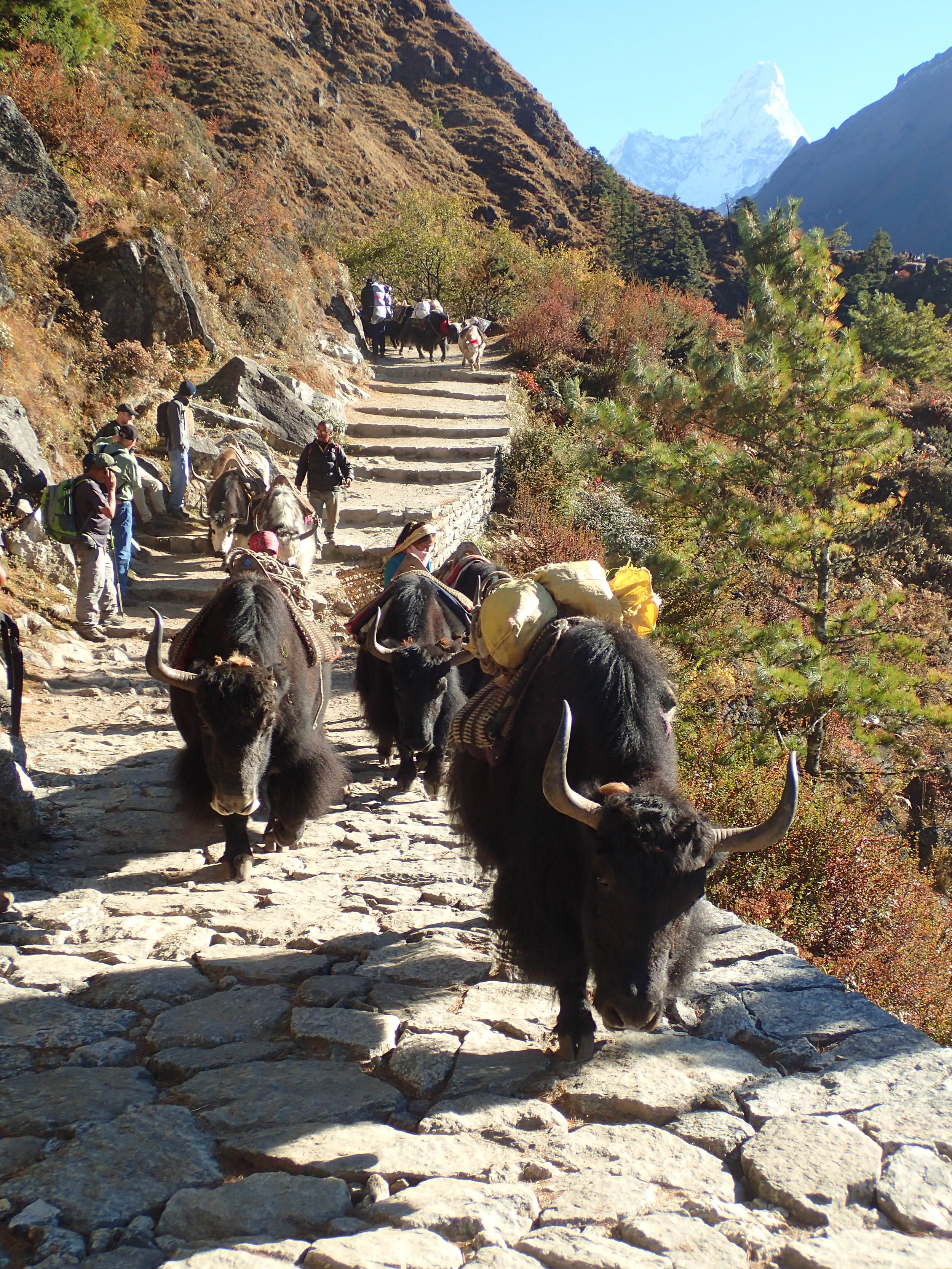Discover an unforgettable Yoga & Mindfulness Journey in Bhutan with Beyond the Clouds—an immersive expedition into the heart of the Himalayas, where yoga, meditation, sacred culture, and local hospitality blend seamlessly with community impact. Whether you're a passionate yoga teacher or a curious traveller seeking transformation, these unique journeys offer space for deep practice, soulful connection, and lasting inspiration, all set against Bhutan’s majestic landscapes.
Bhutan, famously guided by Gross National Happiness, is a sanctuary where nature, spirituality, and culture converge. Here, yoga and mindfulness are part of daily life, practiced amid ancient monasteries and serene valleys .
YOGA,MEDITATION & MINDFULNESS
Yoga venues vary—from sometimes practicing in quiet hotel studios to open-air sessions beneath prayer flags or within temple courtyards. Each day begins with morning yoga in stunning settings, supported by experienced instructors and English-speaking Bhutanese guides.
Grounding yoga sessions begin each day as you welcome the elements with intention and breath—whether beneath fluttering prayer flags or in sacred temple courtyards. In the evenings, join nuns for communal prayers—a serene, soul-stirring experience amidst the echo of ancient chants.
One of the journey’s highlights is the ascent to Tiger’s Nest Monastery. The trail winds through a fragrant forest of blue pines, past a water-powered prayer wheel that spins in quiet harmony with a nearby stream As you climb, colorful prayer flags flutter overhead, signaling your progress toward the sacred site.
Nestled dramatically on a sheer cliff around 3,120 m (10,240 ft) above the Paro Valley, the monastery seems to defy gravity. Upon reaching the top, take time to linger in the temple’s serene chambers—meditating in one of the temple chambers where Guru Rinpoche once practiced—immersed in a deep sense of stillness and spiritual awe.
activities
Go on fabulous day hikes to hilltop temples, attend colourful and vibrant traditional festivals sample local cuisine and explore traditional crafts. There are optional extras too such as sumptuous hot-stone baths, massage and encounters with Bhutanese traditional medicine
This blend of environments—some indoor and many outdoors—ensures a varied, sacred, and authentic retreat, deeply rooted in Bhutan’s spiritual essence.
Impact & Sustainability
Beyond the Clouds is more than travel—it’s a social enterprise. Proceeds support First Steps Himalaya, funding quality education in rural Nepal.. Your journey also uplifts Bhutanese communities through sustainable tourism practices.
Expect more than beautiful scenery—you’ll learn Bhutanese mindfulness in motion. Whether a seasoned yogi or new to the path, the environment supports transformative growth.
Who It’s For
Yoga/mindfulness teachers: Co-create and lead your own retreat; Beyond the Clouds manages logistics and local partnerships.
Individual travellers: Join one of our Yoga Journeys for soulful connection, cultural insight, and personal renewal.
A Yoga & Mindfulness Journey in Bhutan with Beyond the Clouds offers depth, serenity, and soulful adventure. With daily asana practice, sacred pilgrimages, meditation in spiritual sanctuaries, and cultural immersion—woven with genuine impact—it’s more than a retreat: it’s a passage to inner peace, community, and meaning in Bhutan’s Land of Happiness.
Participants often leave with new perspectives, deeper self-awareness, and a profound connection to Bhutan’s wisdom traditions.
Ready to transform your mind and spirit amidst Himalayan majesty? Explore upcoming dates, share with your community, or reach out to learn more.
Curious about leading your own retreat? Contact us to discuss how we can help you create a seamless, meaningful experience for your students.




